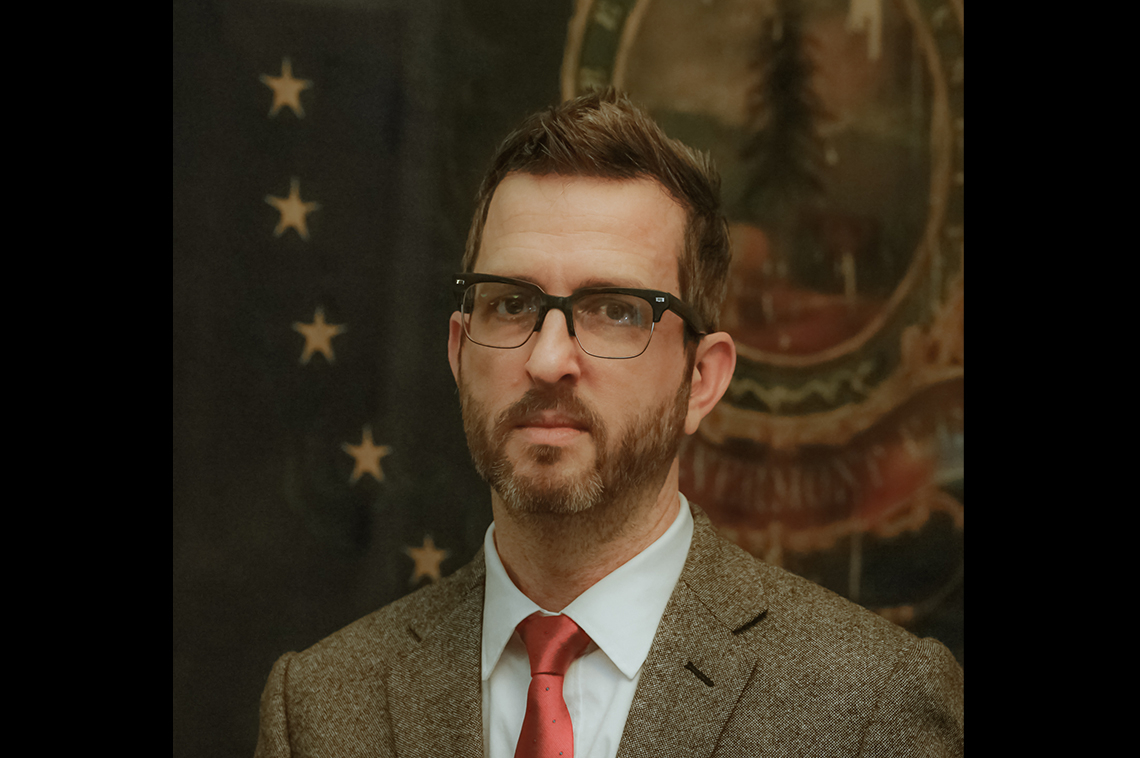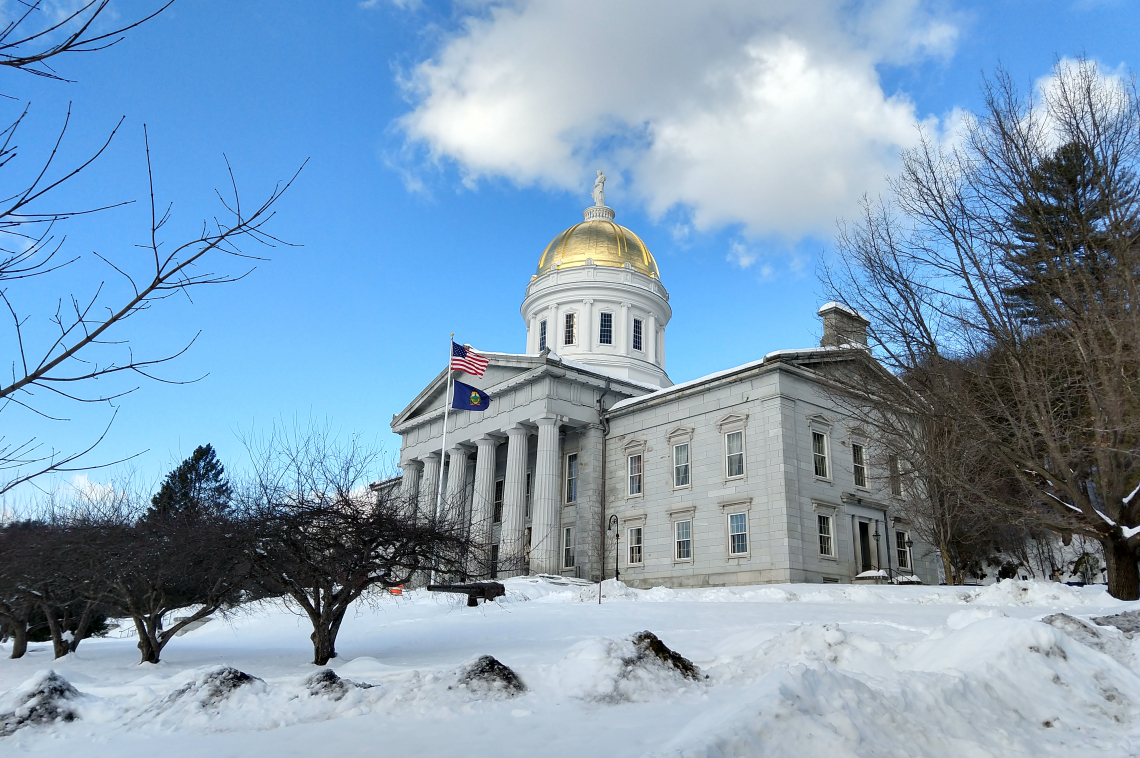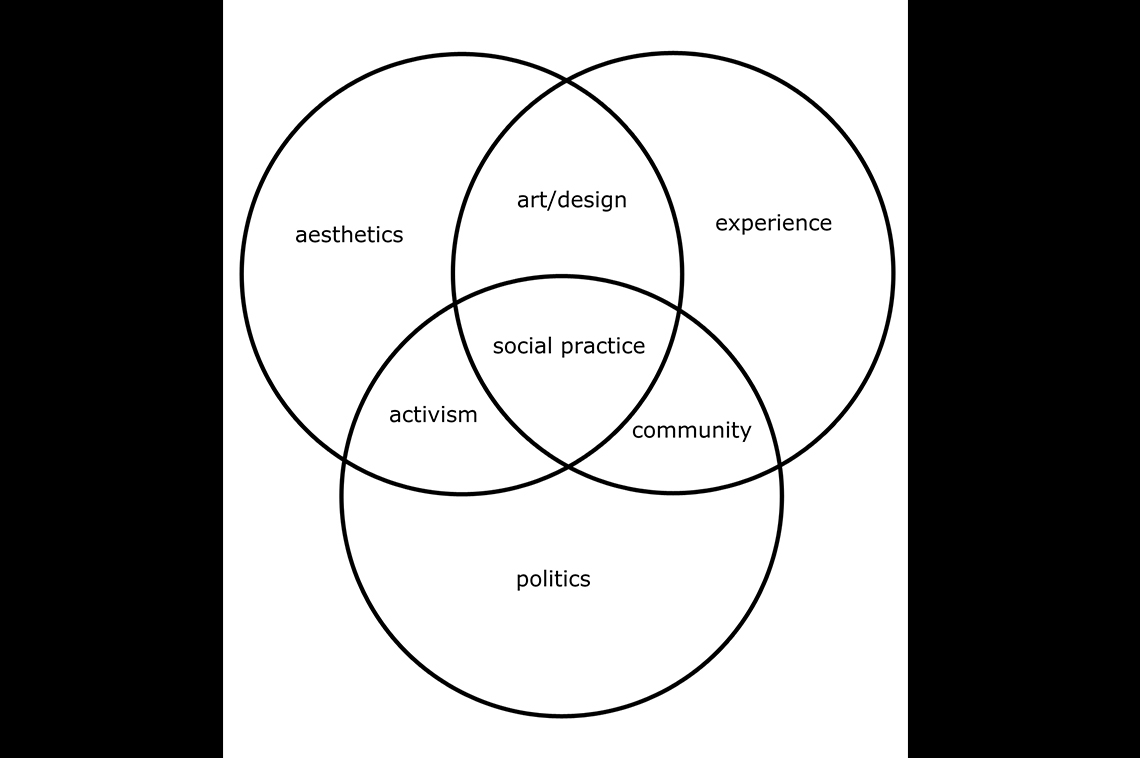


The words “artist” and “bureaucrat” can seem as opposite as the north and south poles. But poets, actors, musicians, dancers, and art-makers of all other stripes have been infiltrating our government’s ranks for years—and many are making great strides.
In this story series, we’re visiting with accomplished artists who also hold local leadership roles about their dual callings, how their creative lives relate to their public service, and what the arts can bring to good government.
***
Randall Szott
Member, Vermont House of Representatives
The former merchant mariner/chef turned public librarian/state legislator says he has “a long and complicated relationship to the arts—particularly the field of social practice.”
“Having had a broad education and engagement in art, philosophy, and design has helped me with campaigning, thinking about policy, and advocating a point of view. It is an unusual background in the legislature…”
ArtPlace: As evidenced on your academic and arts-related website, you have rich and storied work and personal histories. Since you were elected to the Vermont House of Representatives last fall, how have you seen your past experiences, particularly in the arts and culture sphere, inform your work in government?
Szott: Much of my work in the arts has really been a sustained inquiry into aesthetic experience. Without going into tedious detail, this research has led many scholars to see aesthetics as integral to democratic experience. Most notable in that regard is the American philosopher John Dewey.
My background is specifically in the field of social practice. It goes by several other names that may hint at what the term means: relational aesthetics, new genre public art, and socially engaged arts. Within this field that uses social relationships as an art medium, I have been a longtime advocate for the integration of art and life, but more so I have been committed to pushing well beyond art into aesthetics, even though the two terms can be mistakenly conflated.
To be more specific, the ability to be attentive, to distill concepts, to communicate complex ideas, and to see from multiple and/or conflicting points of view are all cultivated in the arts and humanities. Having had a broad education and engagement in art, philosophy, and design has helped me with campaigning, thinking about policy, and advocating a point of view. It is an unusual background in the legislature which allows me to offer a unique skill set with my colleagues and constituents.
ArtPlace: What changes would you like to see in your district, and how can residents help achieve them?
Szott: I live in a small rural town in a small rural state. Vermont offers a distinctive way of life that is progressive while also steeped in tradition. In many ways, it isn't change that I'd like to see in the district, but the ability to preserve a rural way of life for all that choose it in our state.
There are significant challenges because many of the amenities and conveniences typical of urban living are not available. However, there is a degree of social cohesion and sense of community that is difficult to find elsewhere. The people in my district engage in many forms of voluntarism, civic service, hard work, and cultural programming that keep our towns lively and make them attractive places to live. Supporting the residents in my district in any way I can to maintain rural Vermont's unique way of life—see Sugar on Snow, and even mud season—is the core of my political commitment.
ArtPlace: There's a section on your political website about "civic artisanship.” Can you tell me about a time when you were involved in a model act or situation of civic artisanship?
Szott: The concept ties into my previous answer about seeing community engagement as an aesthetic practice. Generally this means negotiating the richness and complexity of social and political life with the care of craftsmanship. My work on my Town Planning Commission and in the Vermont House of Representatives has been a real-world test of the concept.
ArtPlace: Anything else you'd like ArtPlace readers to know about your work, about Vermont, or about artists in civic leadership?
Szott: The one thing I think that may distinguish me from previous interviewees is that my perspective is not that of art and civic leadership. I am interested in the art of civic leadership, and even art as civic leadership. That requires acknowledging the deep integration of political and aesthetic experience. Doing so unlocks difficult challenges, but also incredible potential.
***
Meet more artists in government in these stories:
- Why Artists Make Good Civic Leaders: Pete Muldoon: DJ and leader of the classic country band Major Zephyr, Pete Muldoon is also the mayor of Jackson, Wyoming.
- Why Artists Make Good Civic Leaders: Carlos Contreras: This National Poetry Slam champion is the Director of Innovation & Marketing in the Albuquerque, New Mexico Mayor’s Office.
- Why Artists Make Good Civic Leaders: Natalia Macker: Actor, film producer, and artistic director of a local theater company, Natalia Macker also serves on the Board of County Commissioners in Teton County, Wyoming.
- Check out this newsletter from the Civic Arts Project on artists in government.





